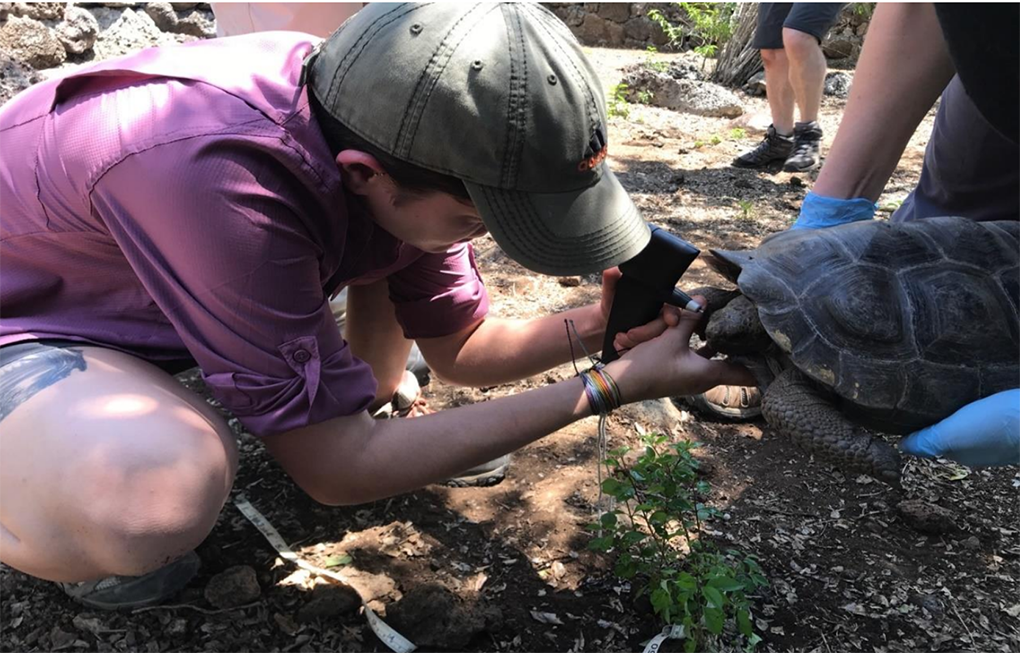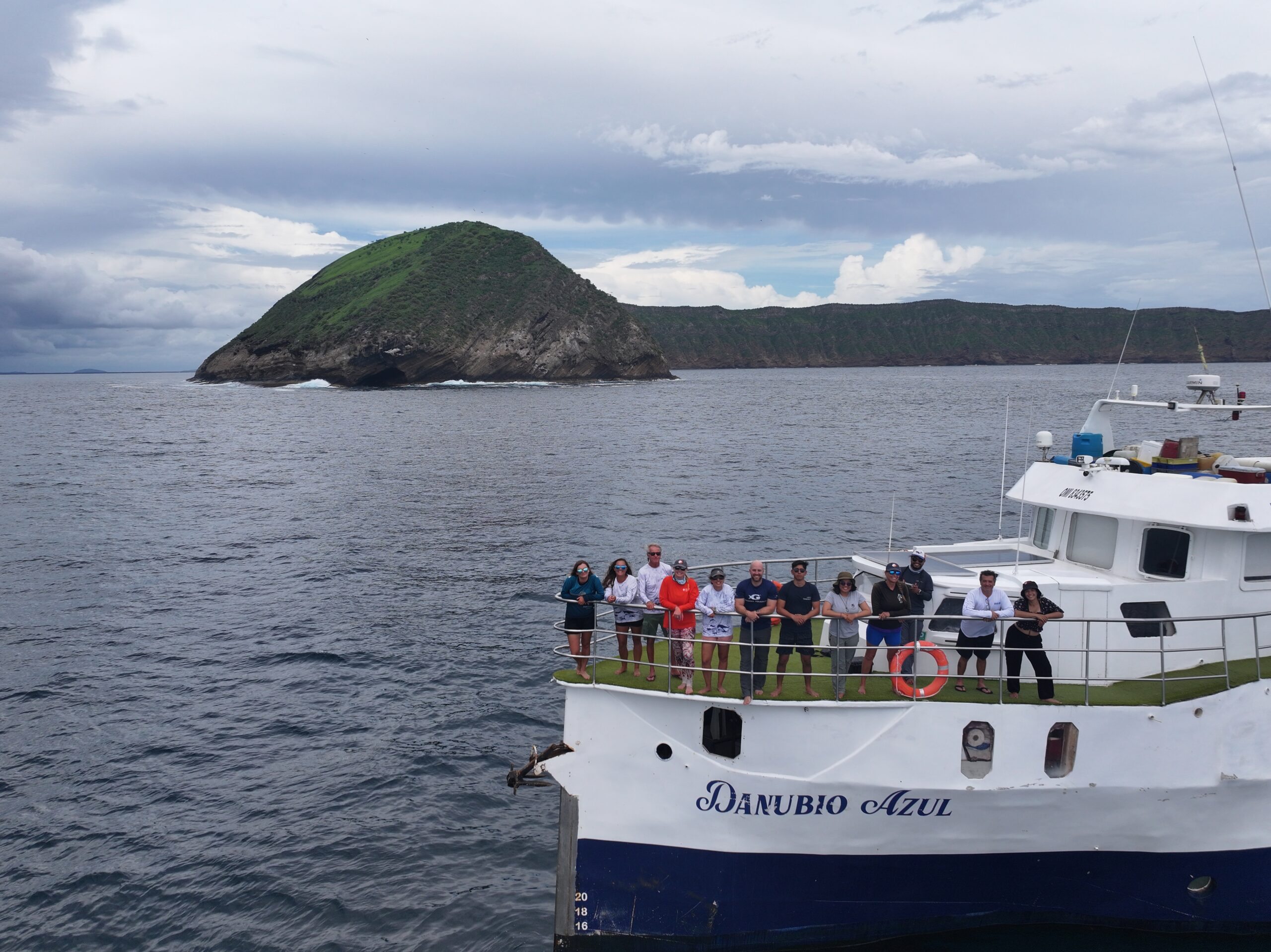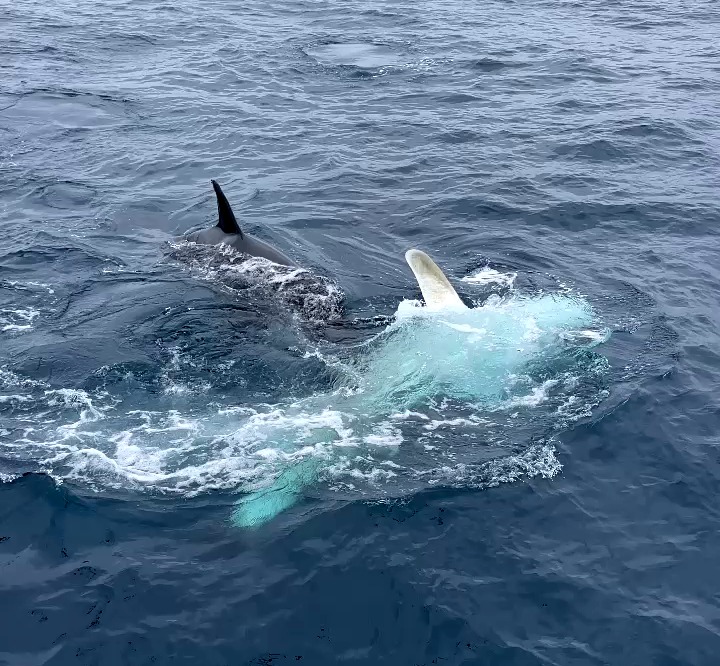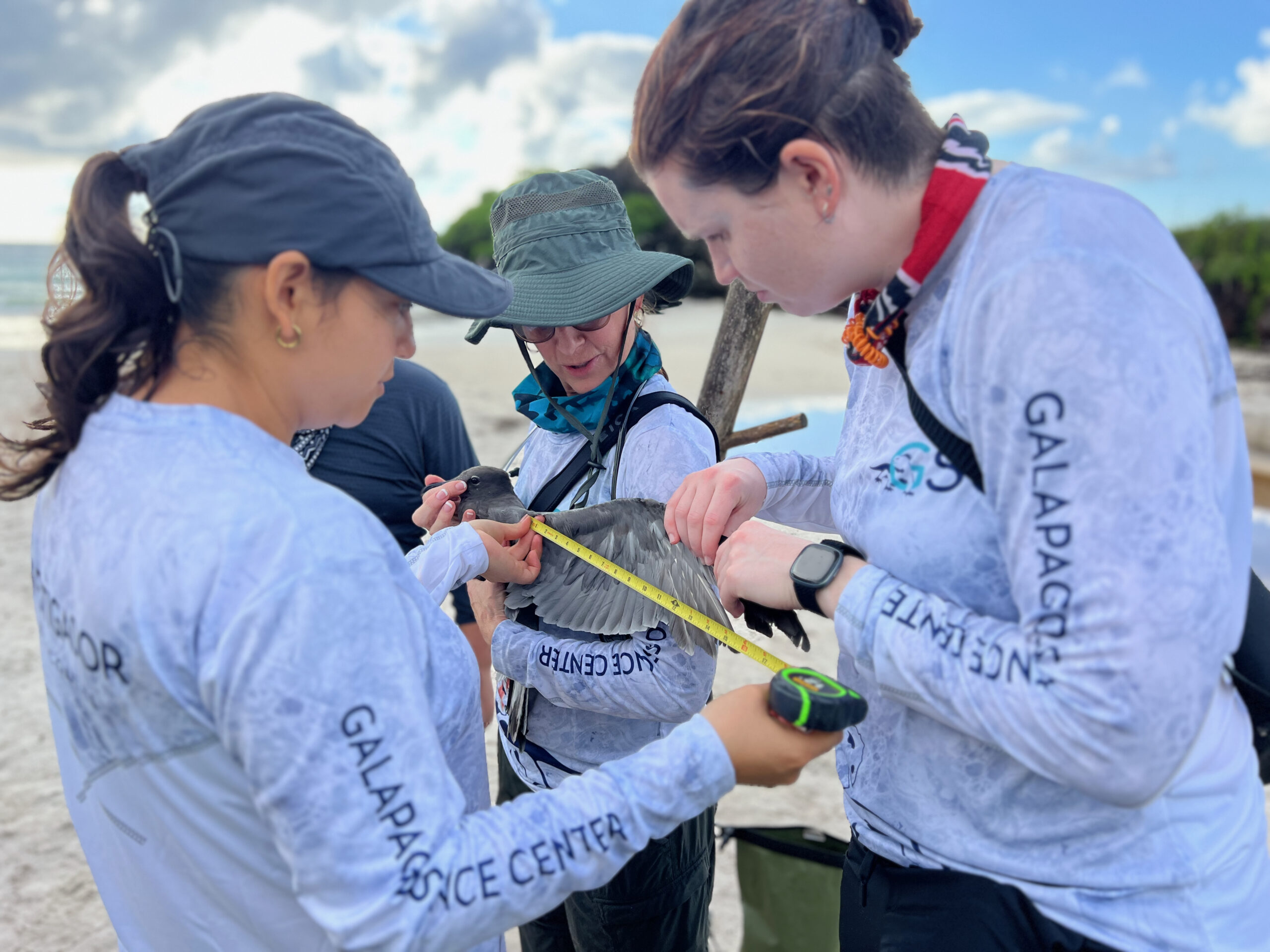Resumen
La presión intraocular (PIO) es una evaluación cuantitativa que ayuda a determinar algunas patologías asociadas al ojo. Las tortugas gigantes de Galápagos criadas en cautiverio (Chelonoidis chathamensis) se benefician de evaluaciones de salud para que los esfuerzos de repoblación sean lo más exitosos posible. El objetivo de este estudio fue determinar si se puede evaluar con precisión la presión intraocular y crear una medición de referencia para la presión intraocular en tortugas gigantes de Galápagos. Se obtuvieron presiones intraoculares de ambos ojos de 39 tortugas en la Galapaguera de Cerro Colorado en la isla de San Cristóbal durante sus exámenes de evaluación de salud. Las presiones intraoculares se analizaron y recopilaron para determinar una presión media de 13,38 mmHg ± 3,81 mmHg. Es posible obtener la presión intraocular durante las evaluaciones de salud en las tortugas gigantes de Galápagos, y medidas adicionales podrían llevar a un intervalo de referencia.
Obtenga más información sobre el estudio en el enlace.






